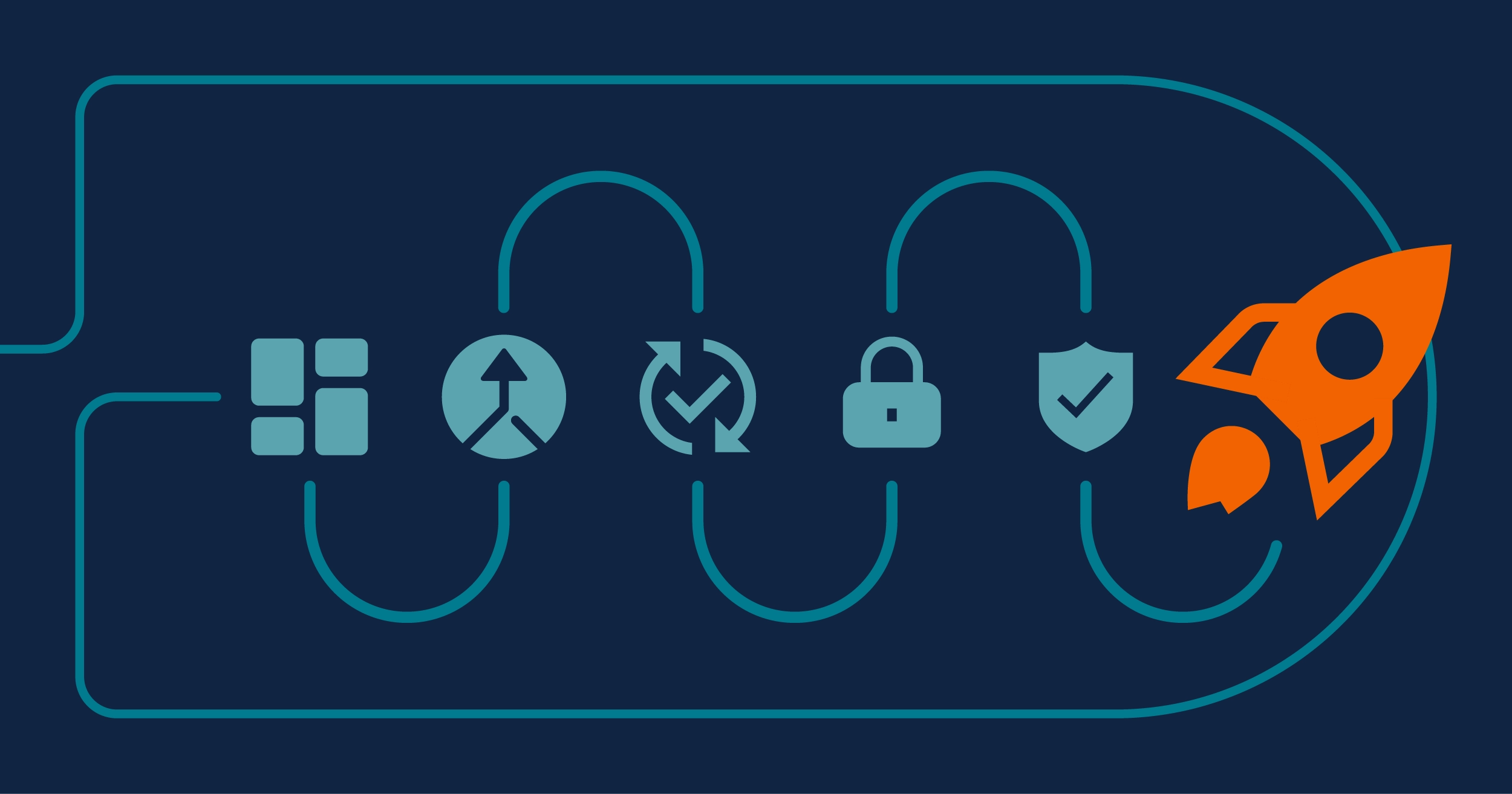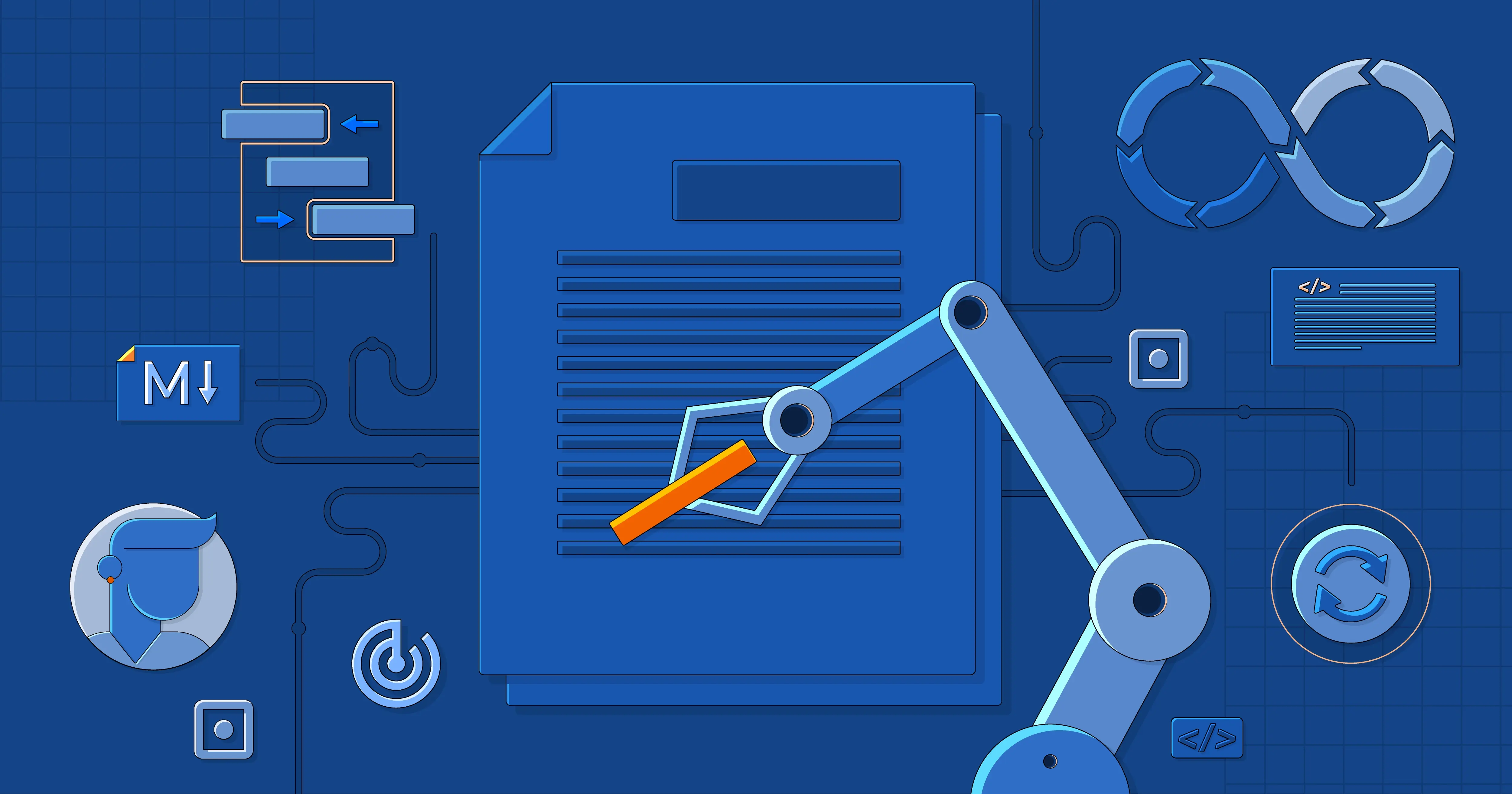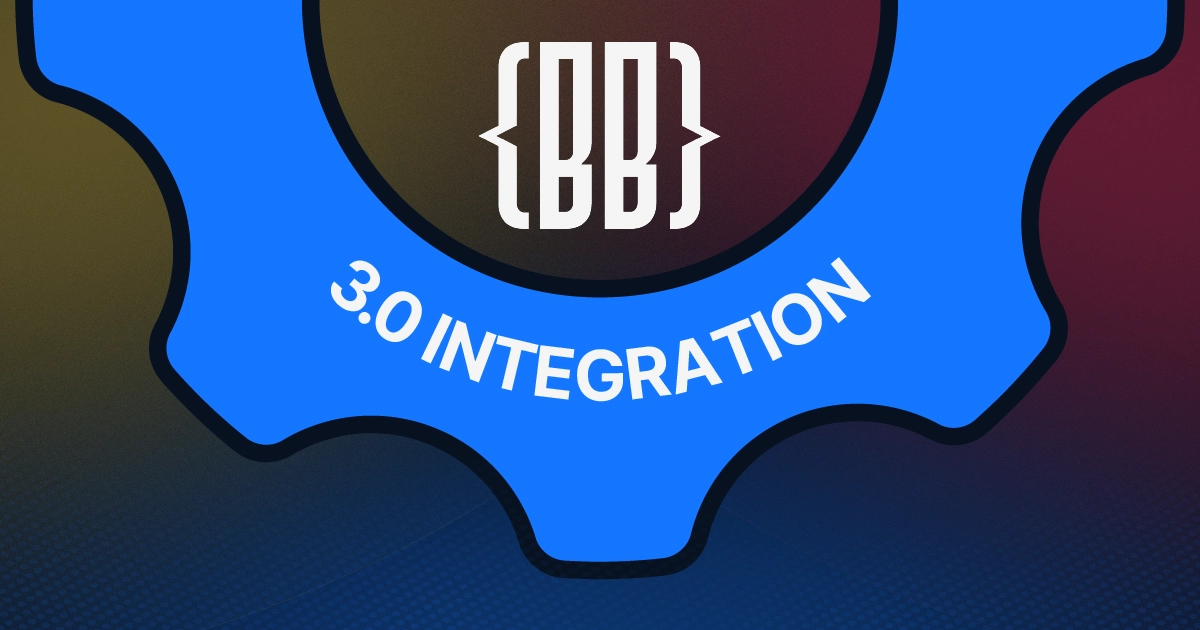 The Power of Platform Constraints: Why Boundaries Make Better Builders
The Power of Platform Constraints: Why Boundaries Make Better Builders
The Power of Platform Constraints: Why Boundaries Make Better Builders
Ironically, the freedom that was meant to empower teams ends up overwhelming them.
The promise of AI in software development is no longer a distant future; it's a practical reality.

AI agents can now act as powerful co-pilots, bootstrapping entire applications from templates and natural language prompts. But in the world of enterprise-grade, highly regulated software, a burst of AI-driven creativity is only the first step. How do you take AI-generated code and ensure it’s secure, compliant, and trustworthy enough for mission-critical environments?
With SmoothGlue, we’ve answered that question by pairing our use of Agentic AI with Pillars of Creation (PoC), our proprietary CI/CD framework. PoC was specifically designed to simplify and unify pipelines for highly regulated sectors, such as defense and government. It acts as the essential bedrock of trust, taking the output of our AI agents and ushering it through a gauntlet of automated checks and balances.
This is how we combine the speed of agents with the rigor of DevSecOps…
First, let's clarify what we mean by "Agentic AI." In our workflow, we use Large Language Models (LLMs), such as Claude Code or Gemini, as powerful project scaffolders. An engineer can start with our core templates, like the SmoothGlue Django Core, and use an agent to rapidly generate the boilerplate for a new project.
This dramatically accelerates the initial phase of development, handling tedious setup and allowing our engineers to focus on the unique business logic of the application. The agent delivers the first draft, but for that draft to become a deployed reality, it must meet the exacting standards of our clients.
Our customers, including lighthouse clients like the Kessel Run Software Factory, operate in sectors where security, compliance, and traceability are not just best practices—they are contractual obligations. The entire development process must align with stringent standards, such as the DoD DevSecOps Reference Design.
This is why we built PoC. Standard CI/CD tools were not enough; we needed a framework that had compliance and security baked into its DNA.

PoC is our answer to these challenges. It’s a modular, extensible CI/CD framework that provides a reliable path to production. Its core strength lies in several key features, which we think of as our "pillars":
The magic happens when our Agentic AI workflow meets the PoC pipeline. Here’s how it works in practice:
By integrating Agentic AI with our PoC framework, we get the best of both worlds: the incredible speed and efficiency of AI-powered code generation, and the uncompromising security and compliance demanded by our customers. It proves that innovation and discipline are not opposing forces, but necessary partners.
PoC ensures that no matter how code is generated—whether by a human developer or an AI agent—it is always subject to the same high standards. This is how we build the future, not just quickly, but responsibly.
 The Power of Platform Constraints: Why Boundaries Make Better Builders
The Power of Platform Constraints: Why Boundaries Make Better Builders
Ironically, the freedom that was meant to empower teams ends up overwhelming them.
 Docs-as-Code: Automating Documentation for User-Centric Experiences
Docs-as-Code: Automating Documentation for User-Centric Experiences
Our Docs-as-Code initiative is built on a simple principle: treat documentation as a living, breathing part of the development process.
 Breaking Changes, Zero Drama: Big Bang 3.0 with SmoothGlue
Breaking Changes, Zero Drama: Big Bang 3.0 with SmoothGlue
We’re on a mission to enable developers to ship fast and ship safe, especially in environments where the margin for error is zero.